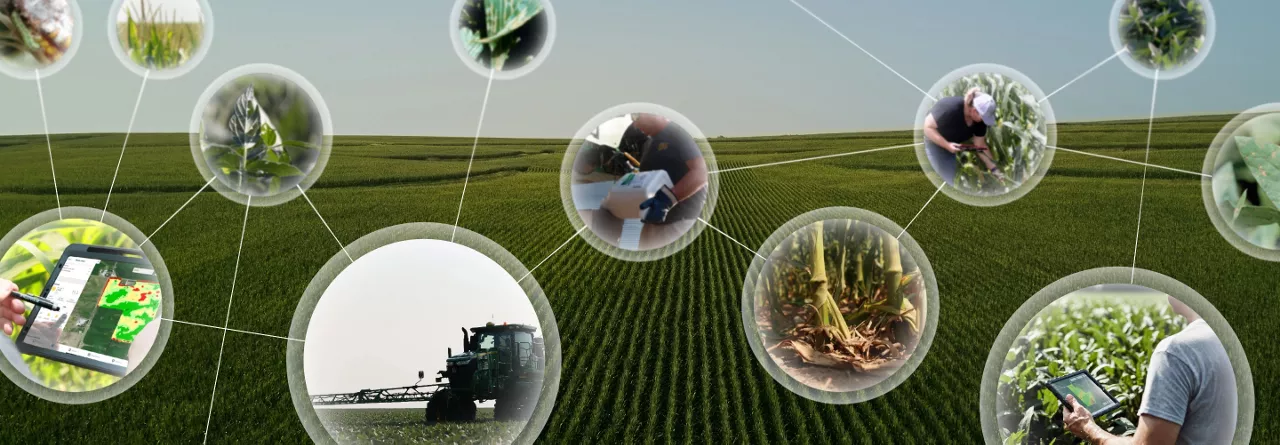Diseases like southern rust and pests like corn earworm typically don't survive colder temperatures. However, a warmer winter, like last winter for many in the Midwest, could lead to some pests and diseases overwintering farther north than usual. Other fungal spores and pests can overwinter over the majority of crop producing regions and can remain dormant for several seasons, emerging only when conditions are right. Regardless of Mother Nature’s plans for you, keep monitoring the weather because with every change, one crop threat may be reduced, while another is increased. Understanding these nuances is key for farmers trying to protect their yields against weather-related risks.



